In the mold factory, CNC machining centers are mainly used to process key mold parts such as mold cores, inserts, and copper. The quality of mold cores and inserts directly determines the quality of mold forming parts. The quality of copper processing directly restricts the influence of EDM processing. For the guarantee of CNC machining quality, the key lies in the preparation before machining. For this position, in addition to having rich machining experience and mold knowledge, we must also pay attention to good communication at work, especially with the production team and colleagues. .
Click to receive 10G CNC programming tutorial for free

CNC machining process
1) Read the drawings and procedures list
2) Transfer the corresponding program to the machine tool
3) Check the program header, cutting parameters, etc.
4) Determining the working size and allowance of the work piece
5) Reasonable clamping of the workpiece
6) Precise alignment of the workpiece
7) Accurate establishment of workpiece coordinates
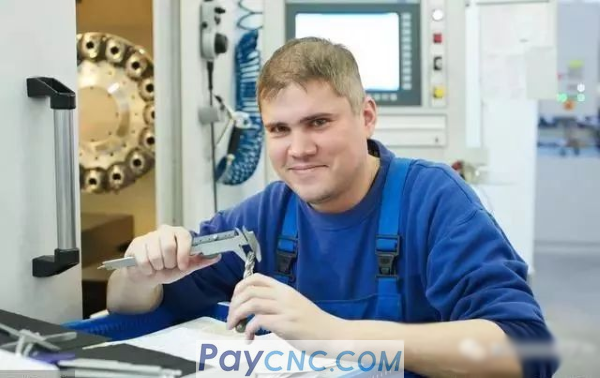
8) Selection of reasonable tools and cutting parameters
9) Reasonable tool clamping
10) Safe trial cutting method
11) Observation of processing
12) Adjustment of cutting parameters
13) Timely feedback of problems and corresponding personnel during processing
14) Inspection of workpiece quality after processing
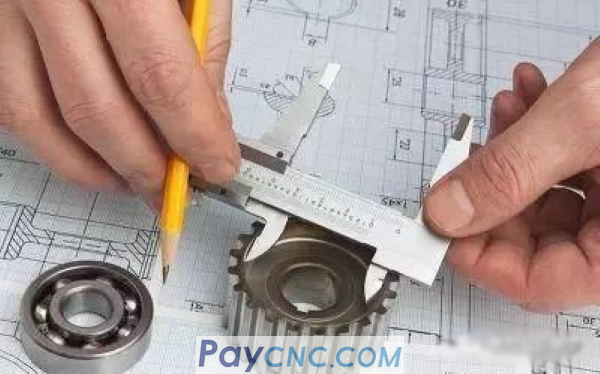
Precautions before processing
1) For the new mold, the processing drawing must meet the requirements and the data must be clear; the processing drawing of the new mold must be signed by the supervisor, and the columns of the processing drawing have been filled in.
2) The workpiece has the qualified mark of the quality department.
3) After receiving the program sheet, check whether the reference position of the workpiece is consistent with the reference position of the drawing.
4) Look at each requirement on the procedure sheet clearly and confirm whether the procedure is consistent with the requirements of the drawing. If there is any problem, you must solve the problem together with the programmer and production team.
5) According to the material and size of the workpiece, judge the rationality of the programmer to choose the tool for the roughing or light knife program
If you find that the application of the tool is unreasonable, you should immediately notify the programmer to make corresponding changes to improve the processing efficiency and workpiece processing accuracy.

Precautions for clamping the workpiece
1) When clamping the workpiece, pay attention to the position of the code and the proper extension length of the nut and bolt on the pressure plate. In addition, the screw must not be top or bottom when locking the angle.
2) Tong Gong is generally used for locking plate processing. Before using the machine, check the number of openings on the program sheet to ensure that they are consistent. At the same time, check whether the receiving plate screws are tightened.
3) For the case of receiving multiple copper materials on one board, check whether the direction is correct and whether each copper material interferes during processing.
4) Clamp the workpiece according to the figure shape of the program sheet and the data of the workpiece size. You must pay attention: the writing method of the workpiece size data is XxYxZ, add WeChat: Yuki7557 and send a copy of the macro program tutorial. At the same time, if there is a part drawing, you must Check whether the graphic of the program sheet matches the graphic of the part drawing, pay attention to which direction to go out, and the pendulum method of X and Y axis.
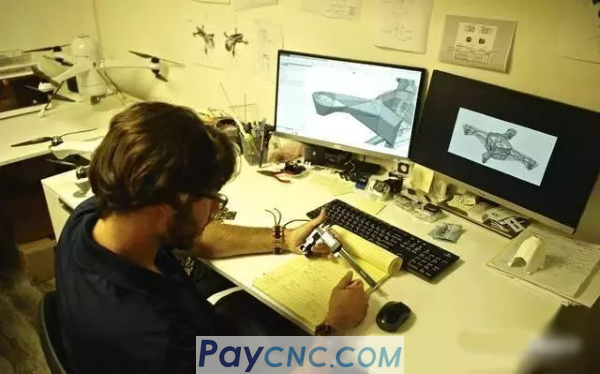
5) When clamping the workpiece, you must check whether the size of the workpiece meets the size requirements of the program sheet. If there is a part drawing, check whether the size of the program sheet is the same as the size of the part drawing.
6) Clean the workbench and the bottom of the workpiece before loading the workpiece. Use oilstone to push off the burrs and damaged positions on the machine table and workpiece surface.
7) When coding the coding, make sure that the coding is not hurt by the knife, and communicate with the programmer if necessary. At the same time, if the bottom pad is square, the code must be aligned with the pad square to achieve the purpose of force balance.

8) When using a vise to clamp, you must know the cutting depth of the tool to prevent the clamped position from being too long or too short.
9) The screw must be put into the T-block, and not only a part of the thread. If you need to connect the screw, the upper and lower screws must use half of the joint thread. The thread of the nut on the pressure plate must be fully used, and not only a few threads. Thread.
10) When setting the Z depth number, you must see the position of the program single touch number and the data of the highest point of Z. After entering the data into the machine tool, you must check it again.

Click to receive 10G CNC programming tutorial for free
Precautions for clamping tools
1) The tool must be clamped firmly and not too short in the handle.
2) Check whether the tool meets the requirements each time before lifting the tool. The length of the tool should be determined according to the machining depth indicated in the program sheet. Generally, it should be slightly longer than the machining depth of 2mm and whether the tool holder collides.
3) When the processing depth is very deep, you can communicate with the programmer, and use the method of two cable cutters as appropriate, that is, first obtain half to 2/3 of the length, and then obtain a longer length when the processing reaches a deeper position. This can improve processing efficiency.
4) When using an extended cable nozzle, you should especially understand the depth of the knife and the required knife length.

5) Before the cutter head is installed on the machine, the taper matching position should be wiped clean with a cleaning cloth, and the corresponding position of the machine tool sleeve should also be cleaned to avoid iron filings on the mating surface to affect the accuracy and damage the machine.
6) Generally, the tool tip setting method is used for the tool length (in special cases, the tool setting is used in the tool setting), and the program instructions should be carefully checked when setting the tool.
7) When the program is interrupted or the tool must be re-calibrated again, pay attention to whether the depth can be connected to the front. Generally, you can first increase the line by 0.1mm, and then adjust it according to the situation.
8) For the rotary retractable cutter head, if water-soluble cutting fluid is used, it should be immersed in lubricating oil for several hours every half month for maintenance, so that the internal parts of the cutter head can be lubricated and not worn.
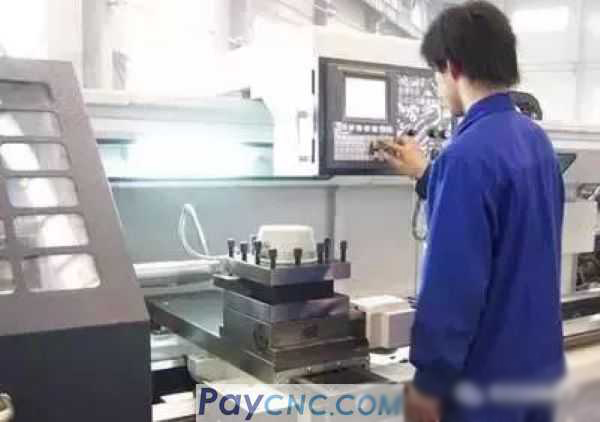
Precautions for correcting the workpiece
1) When the workpiece is dragging the table, you must pay attention to the verticality, drag one side to level, and then drag the vertical side.
2) When the workpiece is scored, it must be scored twice for verification.
3) After scoring and hitting the number, check the center position according to the outline dimensions and the dimensions on the part drawing provided in the program sheet.
4) All workpieces must be centered by the centering method, and the zero position must be centered by the centering method on the side of the workpiece and then moved to the side. The margins on both sides must be consistent. Add WeChat: Yuki7557 will send a copy of the macro program tutorial. If the number must be taken unilaterally in special circumstances, it must be confirmed by the production team again to pass. After taking the count unilaterally, remember to compensate the radius of the center rod.
5) The zero input of the workpiece center must be the same as the three-axis center of the workstation computer diagram.
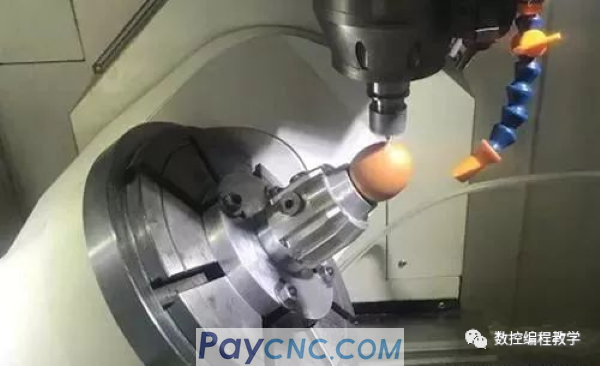
Matters needing attention during processing
1) When the margin on the top surface of the workpiece is too large, when using a big knife to manually remove the margin, remember not to deepen the gong.
2) The most important processing is the first tool, because if you operate and check carefully, you can know whether the tool length compensation, tool radius compensation, program, speed, etc. are wrong, so as to avoid damage to the workpiece, tool and machine tool.
3) Trial cut the program in the following way:
a) The height of the first point is the highest elevation of 100mm, use your eyes to feel whether it is correct;
b) Control "Quick Shift" to 25% and feed to 0%;

c) When the tool approaches (about 10mm) the machined surface, stop the machine;
d) Check whether the remaining stroke and program are correct;
e) After turning on again, place one hand on the pause switch, ready to stop at any time, and control the feed speed with the other hand;
f) When the tool is very close to the workpiece surface, it can stop again, and the remaining stroke of the Z axis must be checked.
g) After the machining and cutting are smooth and stable, adjust the controls back to the normal state.
4) After entering the program name, copy back the program name on the screen with a pen, and then check with the program list. When opening the program, pay attention to check whether the tool diameter in the program is consistent with the program list, and sign on the program list Fill in the file name and the size of the tool diameter in the column immediately, and it is forbidden to fill in after or before.
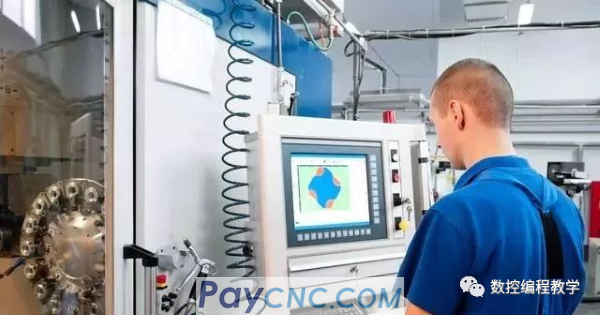
5) In principle, NC technicians are not allowed to leave when the workpiece is roughing. If you have to leave when changing tools or assisting in adjusting other machine tools, please ask other NC team members or come back regularly for inspection.
6) When doing middle light, the NC technician should pay special attention to the place that was not opened during roughing to prevent the tool from hitting this area.
7) Cut the program. If the program is interrupted during processing and too much time is wasted when it is executed from the beginning, the team leader and the programmer should be notified to modify the program and cut off the executed part.
8) The program is abnormal. If there is an abnormal situation in the program and you are not sure, you can hang it high to observe the process, and then decide the next action.

9) NC technicians can adjust the travel speed and rotation speed provided by the programmer during processing. However, special attention should be paid to the speed of small pieces of copper, which can not be opened fast when exposed to thick, to avoid loosening of the workpiece due to vibration.
10) During the processing of the workpiece, the NC technician should check with the part drawing to see if there is any abnormality. Once the two do not match, they must immediately stop the machine and notify the team leader to check whether there is an error.
11) When machining with a tool longer than 200mm, attention must be paid to issues such as allowance, feed depth, speed, and travel speed to avoid tool swinging. At the same time, the travel speed of the corner position should be controlled.
12) If the tool diameter is required to be tested on the program sheet, the operator must be responsible and record the tested diameter at the same time. If it exceeds the tolerance range, it should be reported to the team leader or tool change immediately.

13) When the machine tool is in automatic operation or free, the operator should go to the workstation to learn about the remaining processing programming, prepare and grind the appropriate tool for the next processing, so as to avoid downtime.
14) Process error is the main reason for wasting time: wrong use of inappropriate tools, processing order errors, add WeChat: Yuki7557, send a macro program tutorial, waste time in locations that do not require processing or non-computer processing, improper use The processing conditions (speed is too slow, empty tool, tool path is too dense, feed is too slow, etc.), the above events can be related to programming.
15) During the machining process, attention must be paid to the wear of the tool, and the cutter or tool should be replaced appropriately. After replacing the cutter, pay attention to whether the processing boundary is consistent.

Matters needing attention after processing
1) Confirm that every procedure and every instruction required by the procedure sheet has been completed.
2) After the processing is completed, it is necessary to check whether the shape of the workpiece meets the requirements, and at the same time, perform a self-inspection of the size of the workpiece according to the part drawing or process drawing, and find errors in time.
3) Check whether there are any abnormalities in each position of the workpiece. If in doubt, notify the NC team leader.
4) The team leader, programmer, and production team leader must be notified of larger workpieces to get off the machine.
5) Pay attention to safety when the workpiece is off the machine, especially the workpiece and the NC machine should be protected when the larger workpiece is off the machine.

Differentiate treatment of machining accuracy requirements
Finished surface quality:
1) Mold core and insert
2) Tong Gong
3) Avoid vacancies in thimble plate support holes, etc.
4) Eliminate the phenomenon of vibration

Finished size:
1) The measurable size must strictly implement self-inspection after processing
2) When processing for a long time, the wear of the tool should be considered, especially the sealing position, etc.
3) For fine finishing, use new carbide tools as much as possible
4) Determine the saving modulus after finishing according to the processing requirements
5) Confirmation of production and quality after processing
6) According to the processing requirements, control the tool loss during the processing of the sealing position

Take over
1) Confirm the operating conditions of the shift, including processing conditions, mold conditions, etc.
2) Confirm whether the equipment works normally during the shift.
3) Other handover and confirmation, including drawings, program sheets, tools, measuring tools, fixtures, etc.
Workplace organization
1) In accordance with 5S requirements.
2) Cutting tools, measuring tools, fixtures, workpieces, tools, etc. are arranged neatly.
3) Cleaning of the machine tool.
4) Clean the floor of the workplace.
5) Return to warehouse of processed tools, idle tools and measuring tools.
6) The processed workpieces are sent to quality inspection or corresponding department.
|
 |
| Products Catalogue | Home | About Us | Retrofit | Download | News | Tech Support | Contact Us | |
|
|
|
